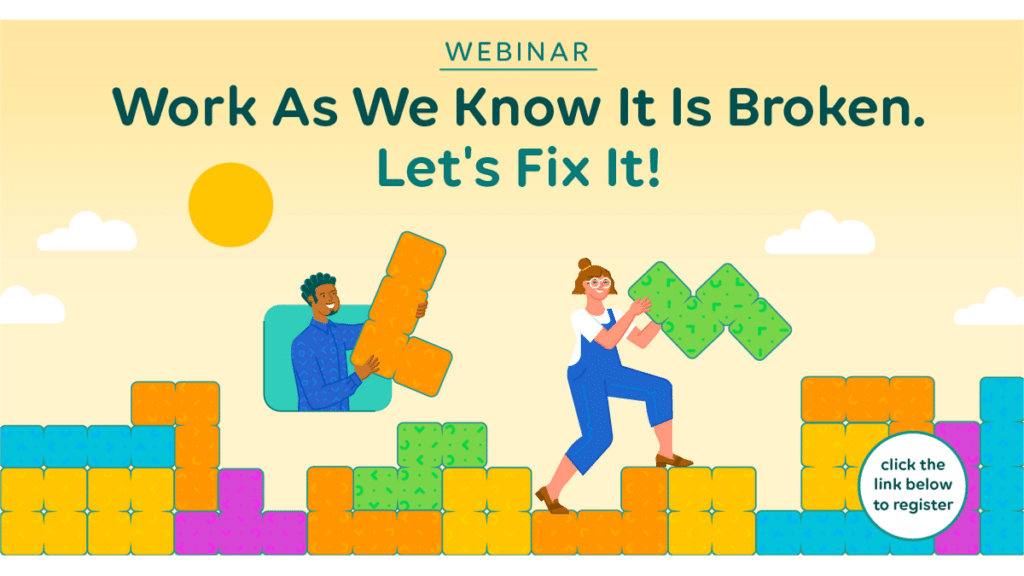Estimated reading time: 6 minutes
(Editor’s Note: Today’s article is brought to you by our friends at UKG – Ultimate Kronos Group, a leading provider of HR, payroll, and workforce management solutions. Forbes named UKG one of America’s Best Employers for Diversity for its availability of employee resource groups and percentage of women in executive roles. Congrats to UKG! Enjoy the article!)
The key word in today’s title is proactively. Organizations need to proactively monitor the employee experience. Many organizations address employee concerns by updating policies, procedures, and programs. Don’t get me wrong . . . that’s to be expected.
But they often do it as a reaction to something – like an employee complaint. Wouldn’t it be great if we didn’t wait for someone to complain? Or watch while a little concern becomes a major challenge.
When organizations wait until employee morale is poor or turnover is high to ask, “What’s happening here? Let’s fix it.”, then the result is that the organization uses far more resources taking a reactive approach. We all know that rebuilding trust and engagement is expensive. And we also know that turnover is expensive.
Ideally, we need to find a way to monitor the employee experience so we can address issues early – when they’re small. Because fixing a small issue early is less expensive. And more importantly, it sends the message to employees that the company will do something about employee concerns if you talk about it.
The way to do that is by managing and monitoring employee expectations. When employees share their work experiences, they’re comparing it to their expectations. No different than when customers share feedback. So, using employee expectations to understand the employee experience only makes sense. There are several activities that are ideal for managing and monitoring the employee experience. The good news is many of these activities are already in place.
Onboarding check-ins. These can be done in-person or online. By HR or managers. The goal is to find out from new hires how things are going. And if something isn’t the way the new hire expected, the company can address it. Even if it’s to educate the employee that what they think “isn’t fine” is in actuality “just fine”. For instance, maybe there’s a policy the employee isn’t aware of.
One-on-one meetings. These meetings are typically conducted between the manager and the employee. They are designed to talk about what’s happening in the workplace, performance, and solicit feedback. Not only should managers be trained on how to conduct one-on-one meetings, but employees should be as well.
Skip-level interviews. The idea of a skip-level interview is the employee meets with their manager’s boss. Sometimes this happens one-on-one and sometimes in a group (aka the “coffee with the VP” type meeting). Skip-level interviews give employees the chance to share feedback and hear views from a different voice in the organization. I’m not implying that during a skip-level interview the conversation is different – although it could be. Rather, that skip-level interviews might share the same information using a different perspective. And that could be helpful to both the employee and the executive.
Engagement surveys. Engagement surveys are still a great medium for collecting information from large groups of employees. That being said, it is important to design a good survey to collect good data. Survey data can be used during one-on-ones and skip-level meetings to dig deeper and get more information directly from employees.
Stay interviews. The concept of a stay interview is to find out from employees what makes them stay with the company. This can be a great way to understand what employees like – and be aware when making decisions. For example, if employees say that one of the reasons they stay with the company is the health insurance benefit, then the company should know that before changing the health insurance … and risking employees being upset.
We can take the information from these activities, analyze it, and proactively address areas that could grow into significant challenges. There’s one other thing we need to do. And that’s set good expectations during these activities. And by good, I mean realistic.
It’s not fair to the employee, manager, or company to have check-ins, meetings, and surveys then not do anything with the information received. Organizations should communicate the purpose of the activity and what will be done with the information. And they should follow-up with employees if a suggestion isn’t something the organization can address immediately.
True story. I remember many years ago getting back some engagement survey results where employees in one department talked about not having the tools to do their job. They said their department manager wasn’t supportive. They said it wasn’t fair that department leadership was impacting their work performance … and ultimately their pay increase. So, we started meeting with employees about the survey results and asked for feedback. Long story short … we discovered that the employees needed a mop. Yes, one mop. I’ll let you do an internet search for the cost of one mop. Frankly, it was embarrassing that this had been escalated to the employee engagement survey. When we asked why they didn’t tell us sooner, they said because they didn’t know how.
I’m sharing this story because it’s an example of how organizations need to understand that employee expectations connect to the employee experience. It shows the importance of setting expectations and getting regular feedback. And it shows how a little thing – like a mop – can translate into a big thing – like unsupportive leadership.
The other takeaway from this story is that even when we think it’s obvious and that everyone should know where to go and who to talk to. Employees might need a bit of a refresher – especially if they’ve been working remotely. It’s also possible the organization has updated a few policies, procedures, and programs over the past few years.
Some readers might be saying, “I get it. But this is a big task.” And you’re right. It is. BUT organizations can break down these activities into more manageable parts. Make a plan and work the plan.
The place to start is a gap analysis. Find out where the organization stands right now. That means identifying current employee expectations and reaching consensus on how to manage and monitor expectations moving forward. The results of the gap analysis can become your plan to close the gap, monitor progress, and measure future success.
Our friends at UKG are hosting a webinar on Tuesday, August 29, 2023, at 2p Eastern discussing the topic of Work as We Know It is Broken: Here’s What We Can Do About It. Michael Puck, UKG HR innovation fellow, will introduce the Employee Expectation Experience (Triple E) Gap Analysis. It’s a FREE easy-to-use, research-based online tool that enables organizations to self-assess in just minutes how well they’re positioned to address the expectations of today’s employees. And as always, if you’re already booked that day, sign up anyway to get the recording (and free access to the Triple E tool).
I want to believe we all agree that organizations need to have a pulse on what’s happening in the workplace. The process of doing so is a never-ending task. Because expectations change all the time – company expectations, customer expectations, and employee expectations.
That’s why using a gap analysis to set a baseline then regularly utilizing the feedback tools we discussed here allows the organization to proactively monitor the employee experience.
The post Organizations Need to Proactively Monitor the Employee Experience appeared first on hr bartender.



0 Commentaires